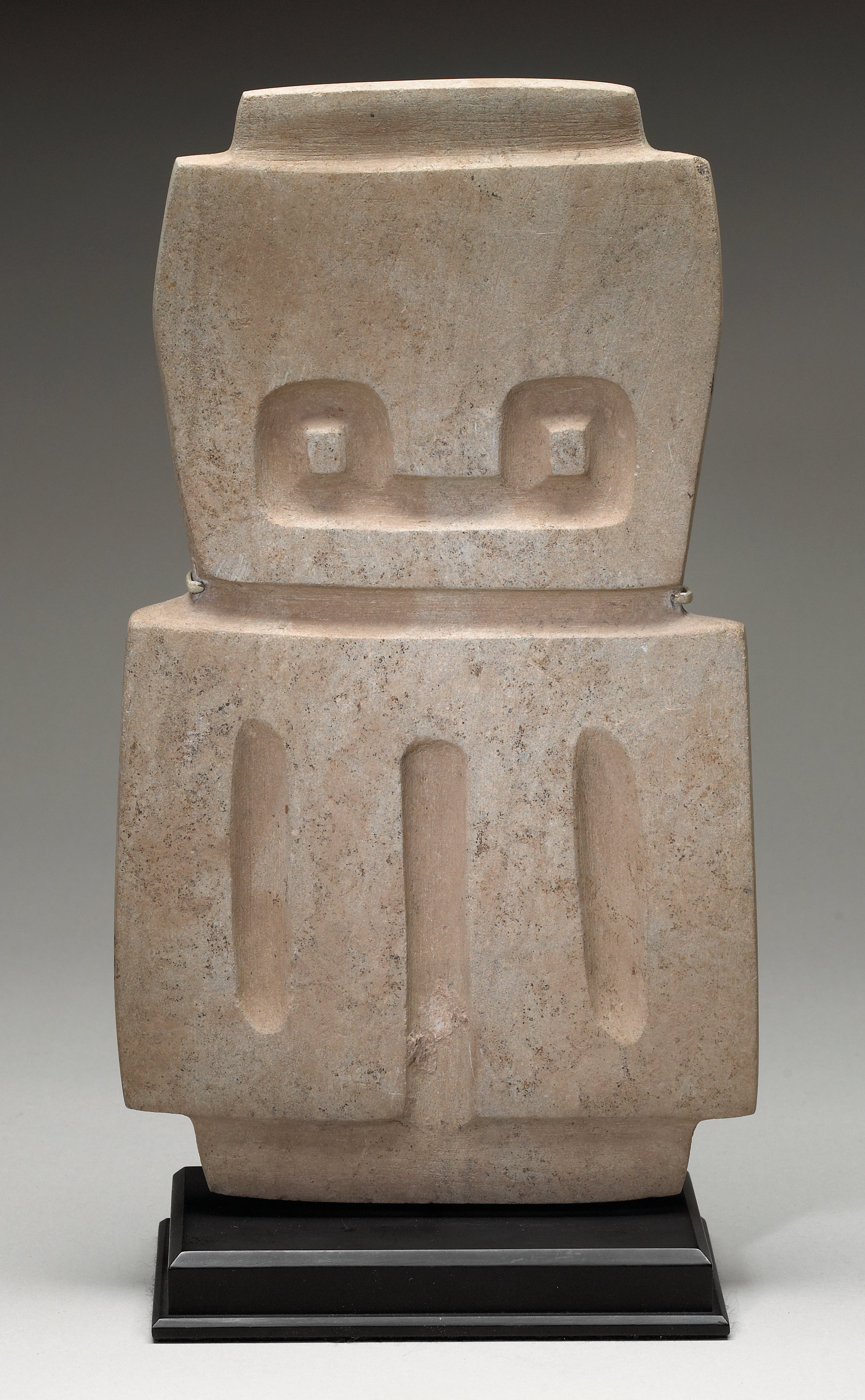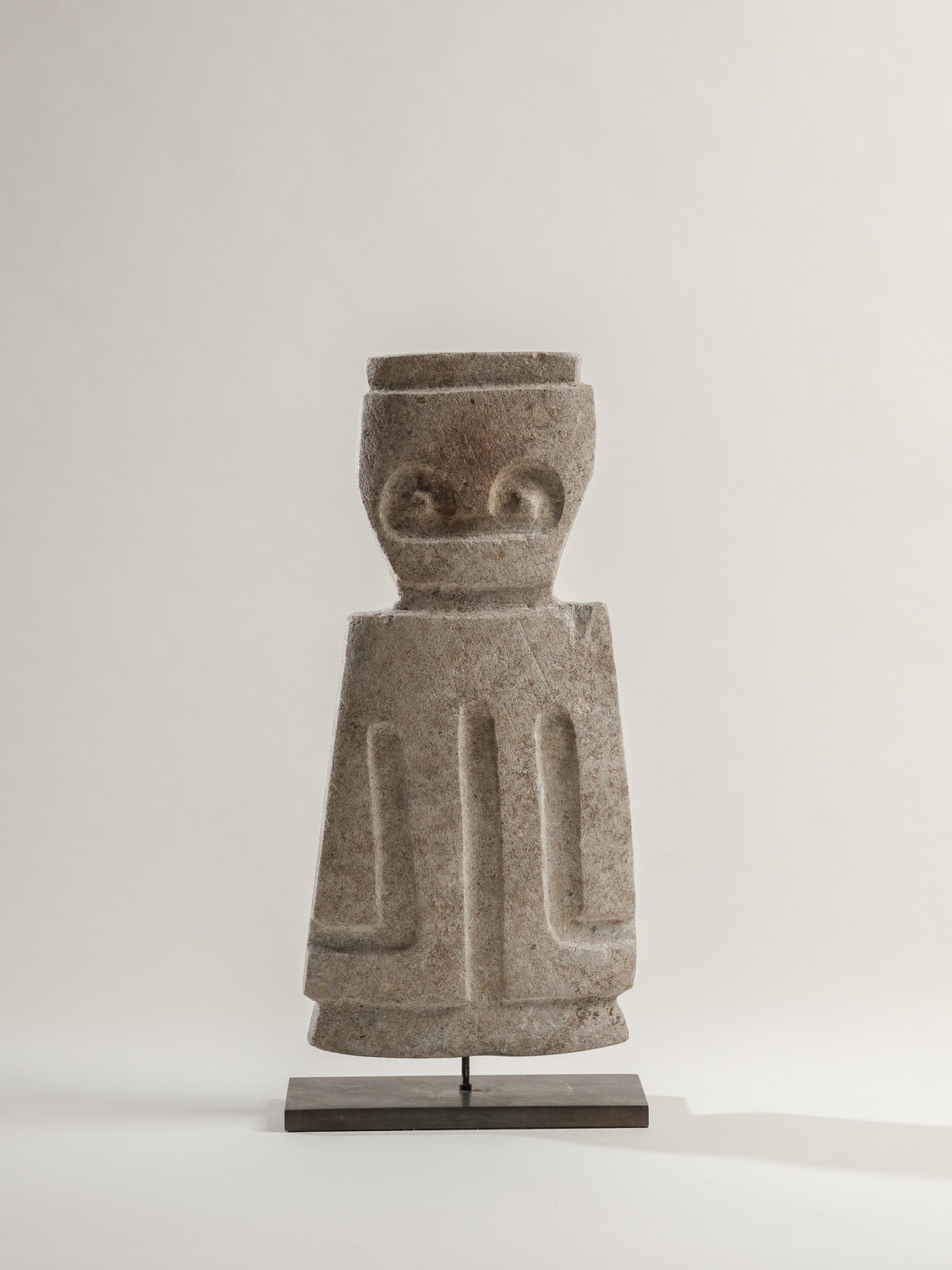The Valdivia culture, which flourished along the Pacific Coast of what is now Ecuador from around 3550 BC to 1500 BC, is one of the earliest and most significant cultures in the ancient Americas. Known for its groundbreaking artistic contributions, the Valdivians are especially recognized for their sculptural works in stone and clay. These creations not only reflect the daily life of the society but also offer profound insight into their spiritual and cultural beliefs, showcasing the impressive sophistication of an ancient civilization.
Table of Contents
ToggleArtistic Mastery in Stone and Clay
Valdivian artisans displayed remarkable skill in sculpting both stone and ceramic figures. Their works ranged from small, delicate figurines to larger statues, portraying a variety of subjects, including men, women, and animals. These sculptures were not merely decorative but often carried deeper meanings, representing deities, spiritual beliefs, or cultural symbols. Some figures may have also served practical purposes, such as fertility idols or ceremonial objects used in rituals.

What distinguishes the Valdivian sculptures is their level of detail. The figures exhibit intricate facial features, carefully crafted clothing, and stylized body postures. These artistic elements reflect not only the aesthetic values of the culture but also a deeper connection to the society’s social and spiritual life. The presence of animals in many sculptures suggests that the Valdivians had a close relationship with nature, with animals playing prominent roles in their mythology and everyday practices.
Cultural and Spiritual Significance
The Valdivian sculptures carry a profound cultural and spiritual significance. Many of the figurines are thought to represent divine figures, ancestral spirits, or deities, reflecting the Valdivians’ strong religious beliefs. The art likely played a central role in their spiritual practices, used in rituals and ceremonies that honored the gods, celebrated fertility, or ensured the community’s prosperity. This deep connection to the forces of nature, life, and death is evident in the symbolic meanings behind many of the figures, highlighting the importance of spirituality in Valdivian society.
Technological Advancements in Pottery
Beyond their sculptural works, the Valdivians also made significant strides in pottery. Their ceramics were often decorated with intricate designs, and many pieces serve as valuable evidence of the society’s technological and artistic achievements. The Valdivians were pioneers in combining both functional and decorative elements in their pottery, setting the foundation for later ceramic traditions in the Andes and throughout South America.

The advanced techniques used in Valdivian pottery—such as the creation of highly detailed, hand-shaped vessels—illustrate the culture’s technological ingenuity. These ceramic works, found in many archaeological excavations, complement their sculptural art and provide a fuller picture of the Valdivian way of life.
Legacy and Influence on Later Cultures
The Valdivia culture is often regarded as a cornerstone for understanding the development of early artistic and social practices in the Americas. Their sculptural techniques and artistic innovations had a lasting impact on subsequent Andean civilizations, influencing the artistic traditions of the Moche, Inca, and other cultures that arose in South America.
Today, the Valdivian culture remains a key focus for archaeologists and historians. The artifacts uncovered from Valdivian sites—particularly their stone and ceramic sculptures—offer invaluable insights into one of the earliest known civilizations in the Americas. The Valdivians’ mastery of art and craftsmanship not only marked their own cultural identity but also paved the way for the vibrant artistic heritage that would define South American civilizations for centuries.
Conclusion: Pioneers of Early Artistic Expression
In conclusion, the Valdivians’ ability to create highly detailed sculptures from stone and clay is a testament to their advanced craftsmanship and deep cultural values. Their artworks continue to captivate archaeologists and historians, shedding light on a society that lived over 5,000 years ago yet left behind a legacy of artistic innovation that resonates to this day. As pioneers in the development of early artistic traditions in the Americas, the Valdivia culture remains a significant and fascinating chapter in the history of pre-Columbian societies.

